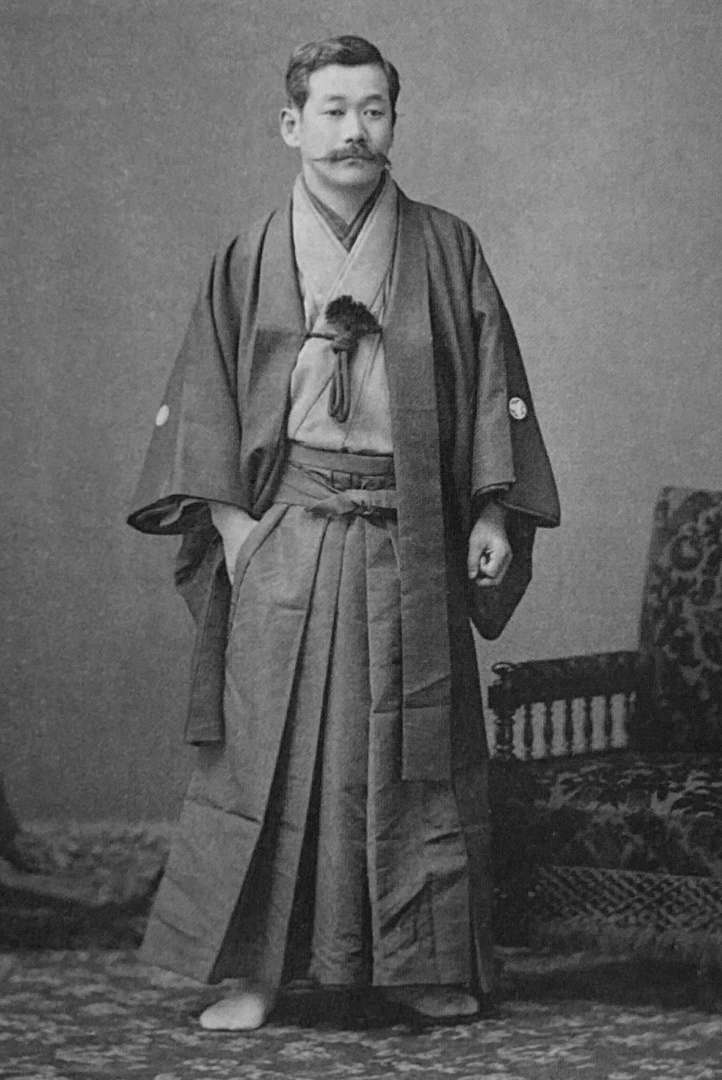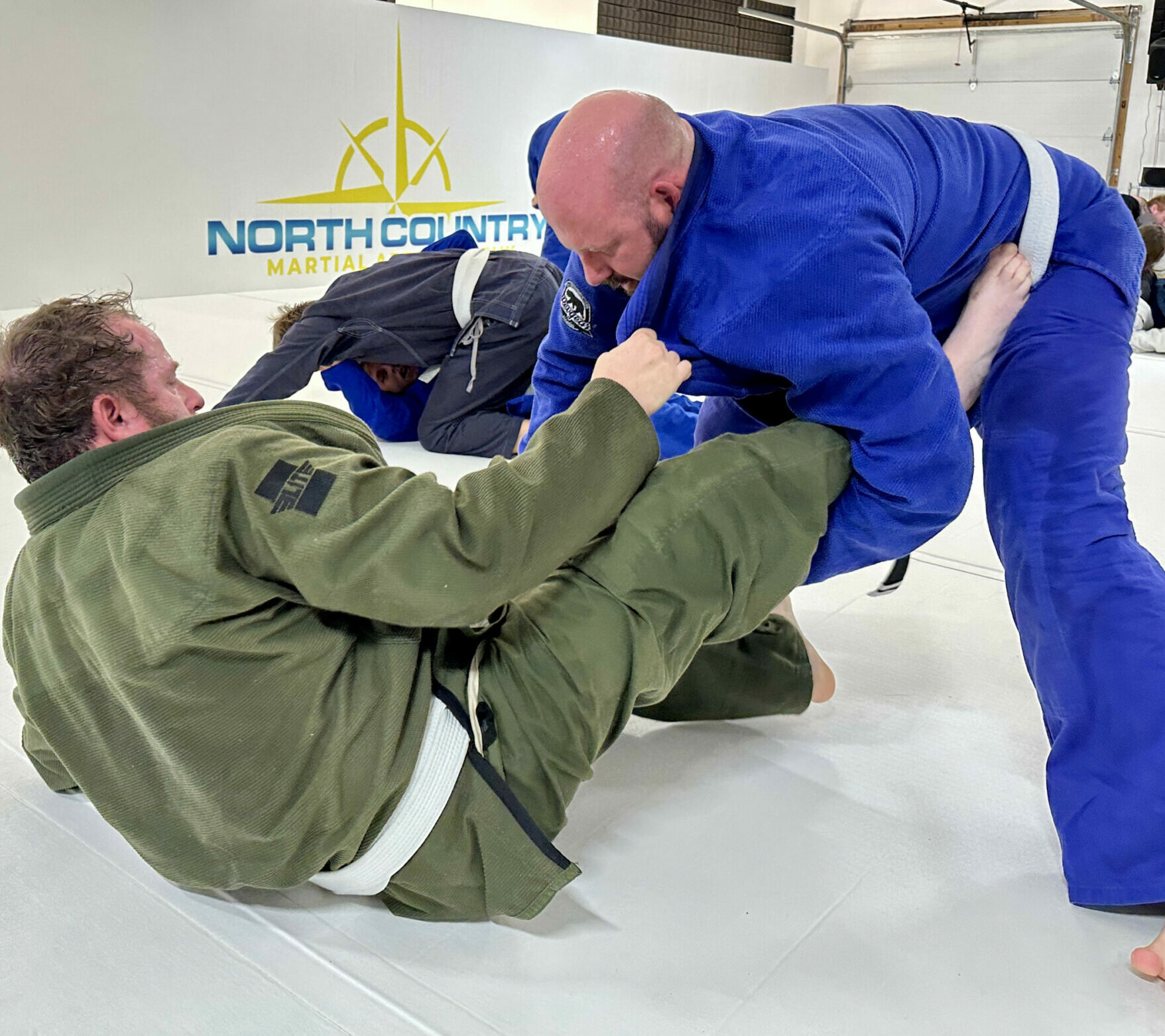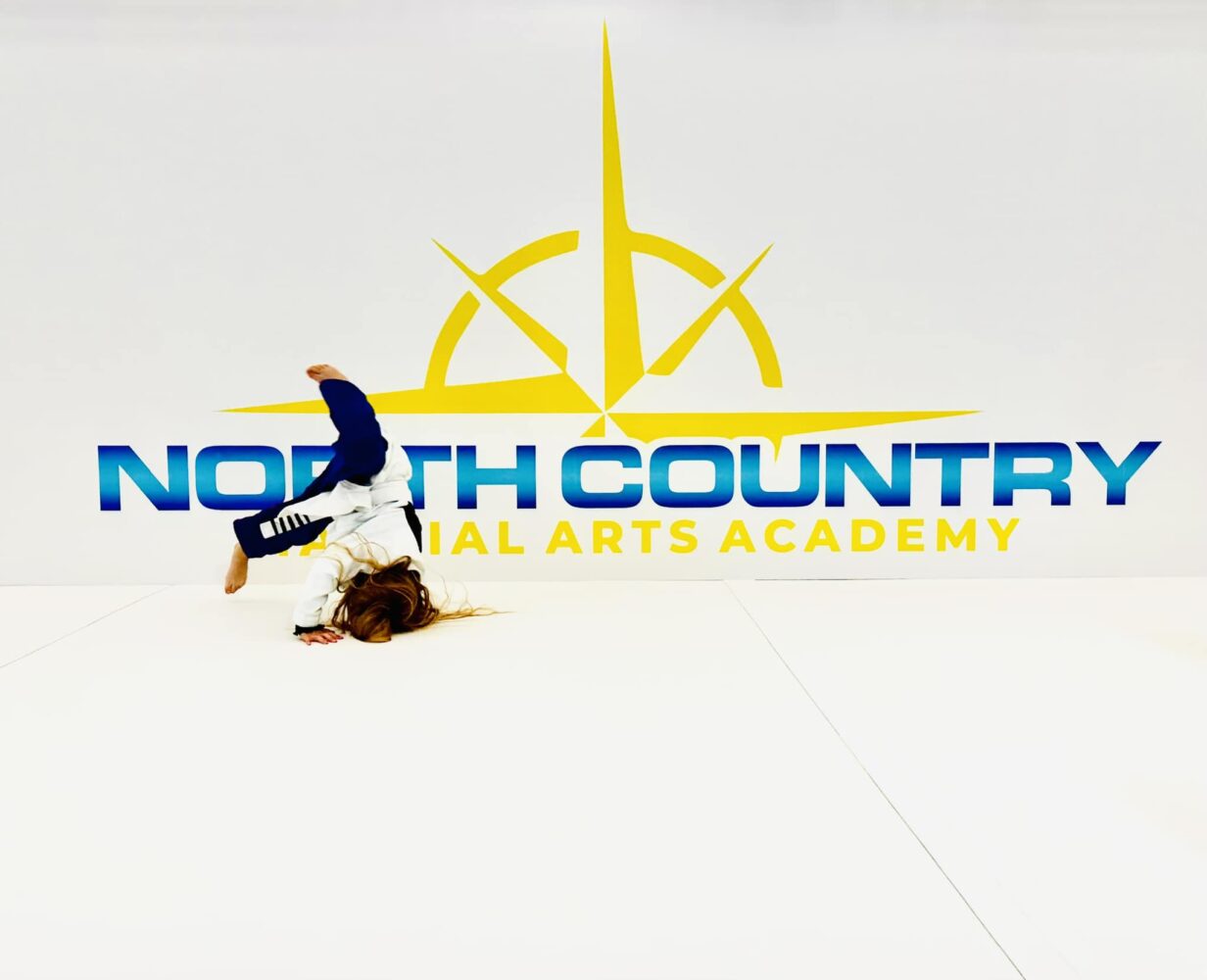Origins of Jiu Jitsu (BJJ)
Written By Spencer Paige
The earliest recorded use of Jiu Jitsu was in 1532 in Japan. It was considered the battlefield art of the Samurai. By the mid-1800s, Jiu Jitsu had fractured into several styles. A stand-out young Jiu Jitsu practitioner, Jigoro Kano, developed a style that evolved into Judi, becoming one of the most widely practiced sports in the world.
Later, it moved to South America with one of Kano’s students, Mitsyuo Maeda.

Jigoro Kano, a Grandfather of Jiu Jitsu, at 32 years of age.
Maeda helped to form modern-day Brazilian Jiu Jitsu. Maeda’s Jiu Jitsu involved a mix of classical Japanese Jiu Jitsu, Kodokan Judo, and some of his own innovative techniques. He opened classes for all ages – not just men, but many women as well!
Maeda was a Kodokan School instructor when he traveled to Europe and America to compete. The world wasn’t quite ready for him, as he knocked down athletes from England, Belgium, Spain, and America. The competitors he defeated were nearly twice his size, and people were amazed!

Mitsuyo Maeda 1910
The world became increasingly curious about the discipline of Jiu Jitsu. Before he knew it, 5-foot-5-inch, 150-pound Maeda was competing worldwide in places like Panama, Columbia, Ecuador, Peru, Chile, and Costa Rica.
Legend has it that a Capoeira artist, Pe De Bola, who was 6 foot 3 inches tall and 220 lbs, competed against Maeda. Coming out unscathed, Maeda finished him off and proved his superiority. Many believe this is what earned him the title of Count Koma.
It was after this that Maeda created the ten rules that laid the foundations for modern-day BJJ competitions.
The turning point came when Maeda settled in Brazil as a part of a large Japanese immigration colony. Soon after, Maeda became friends with Gastao Gracie, an influential businessman, who went on to help Maeda get established in return for training Gracie’s son, Carlos. To his mother’s dismay, Carlos fell in love with the sport and chose to pursue it.
This was a big moment as Carlos Gracie would go on to be highly influential in the creation of Brazilian Jiu Jitsu.
Carlos Gracie, brother of seven siblings coming from a family of doctors and engineers, went on to teach four of his brothers the BJJ art. After years of perfecting his art, grandmaster Carlos Gracie started his first Brazilian Jiu Jitsu Academy in 1925. The ad in the newspaper read: “If you want to have your arm broken, look for the Gracie Academy.”
Carlos is known as the founding father of BJJ as we know it today.
In the 1970s, Carlos’ nephew Rorion Gracie immigrated to the US. He brought with him the teachings from his family. Once here, Rorion met with a business partner, and together they created the first Ultimate Fighting Championship (UFC) in 1993.
Back then, UFC was unlike today, lacking rules and regulations (athletes from all weights and skill levels competed against each other). Rorion and his brother, Royce, set out to prove that BJJ was the best discipline. Royce, a thin man, fought several men whom all were much heavier than him and won. This exhibition showed everyone that Brazilian Jiu Jitsu was here to stay and dominate.
The Gracie brothers proved that anybody, big or small, can be successful in Brazilian Jiu Jitsu. Today, it is one of the most popular martial arts and remains a founding pillar of the UFC.

